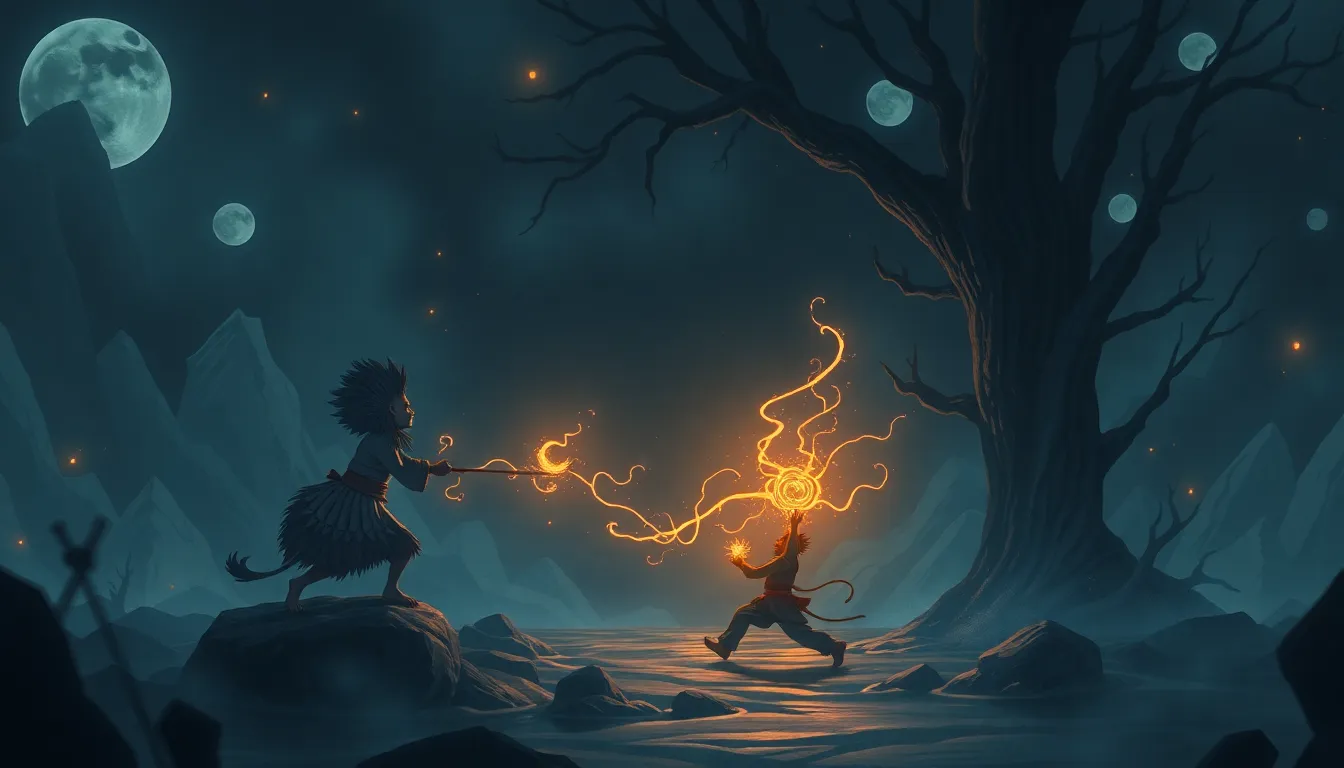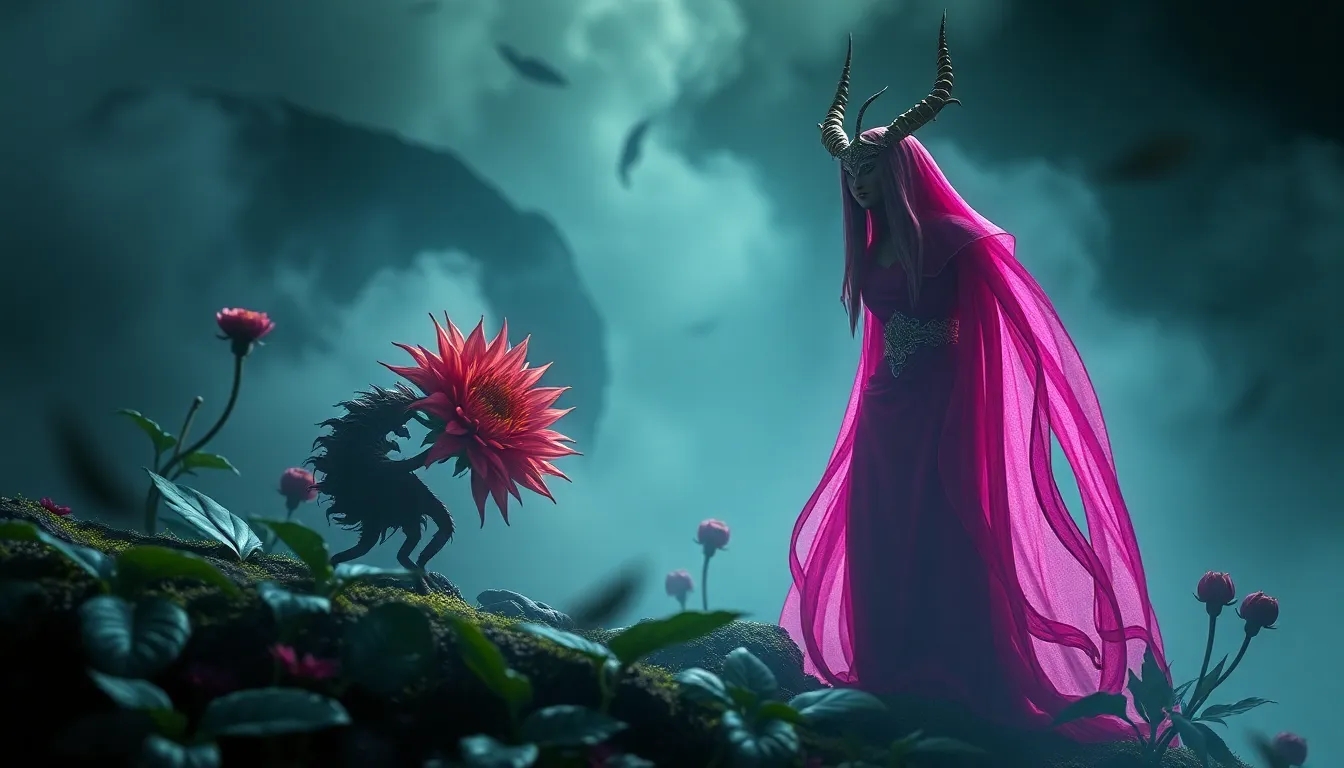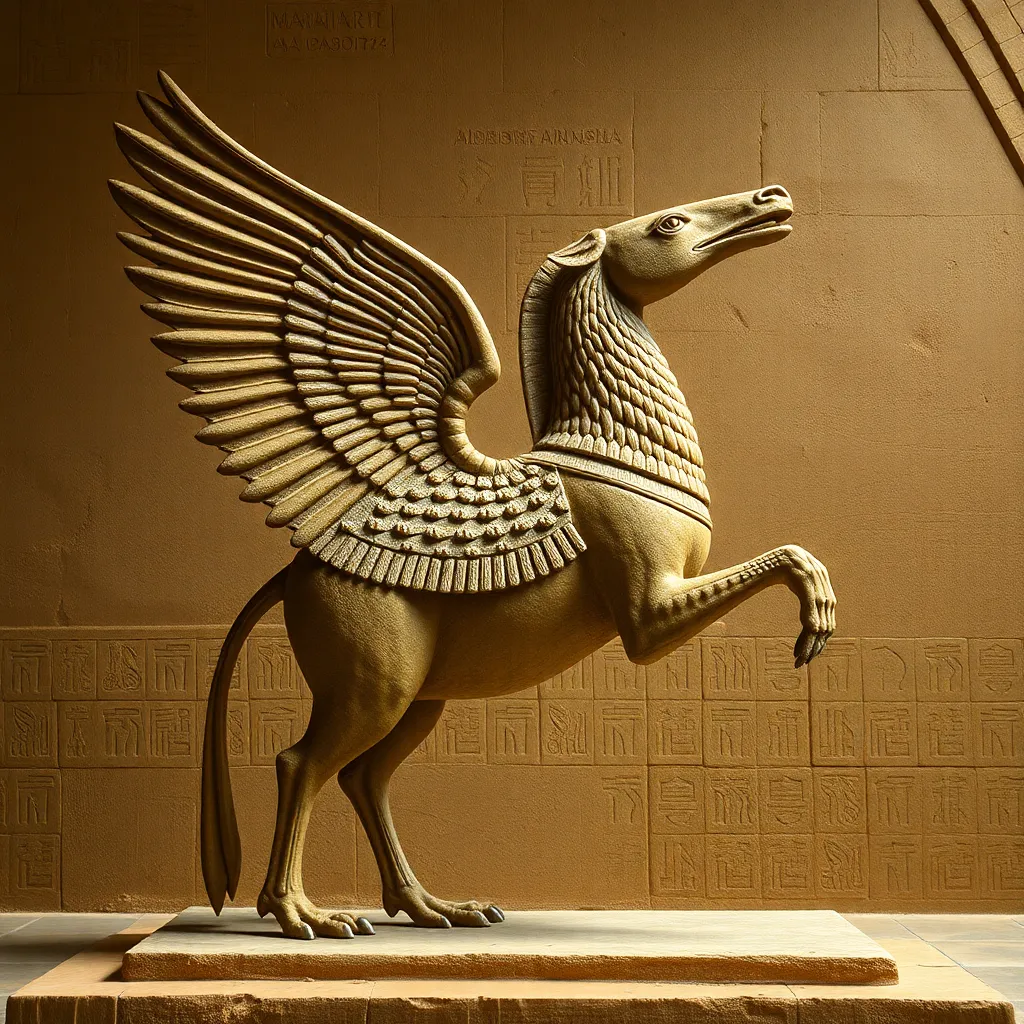Cunning and Clever: The Most Ingenious Trickster Tales
Introduction to Trickster Tales
Trickster tales are a fascinating and integral part of folklore across cultures. They feature cunning characters who use their wit and intelligence to outsmart others, often leading to humorous or unexpected outcomes. These figures serve as both heroes and anti-heroes, embodying a range of human traits that resonate with audiences. The significance of trickster figures lies in their ability to challenge societal norms, provoke thought, and entertain while imparting moral lessons.
Common themes in trickster tales include deception, transformation, and the defiance of authority. Tricksters often find themselves in situations where they must rely on their cleverness to navigate obstacles, making these tales both engaging and thought-provoking.
Historical Roots of Trickster Archetypes
The roots of trickster tales can be traced back to ancient mythology and folklore across diverse cultures. For instance, in African folklore, Anansi the Spider is a well-known trickster who embodies wisdom and creativity. Similarly, in Native American cultures, Coyote is celebrated as a cunning figure who often plays tricks on both humans and gods.
In European mythology, figures like Loki from Norse mythology exemplify the trickster archetype, known for his sharp wit and unpredictable behavior. These early trickster figures often reflect the values and beliefs of their cultures, serving as a means to understand human nature and societal dynamics.
Cultural Variations in Trickster Tales
Trickster tales vary significantly across cultures, each reflecting unique societal values and norms. For instance:
- Anansi (African Folklore): A spider who uses his intelligence to outsmart others, often teaching valuable lessons about cleverness and resourcefulness.
- Coyote (Native American Folklore): A character known for his trickery and ability to adapt, representing the duality of creation and destruction.
- Loki (Norse Mythology): A complex figure who embodies chaos and mischief, often challenging the gods and the established order.
These variations highlight how cultural contexts shape the characteristics and narratives surrounding trickster figures, illustrating the diverse ways in which societies understand and interpret the concept of cunning.
Common Traits of Trickster Characters
Trickster characters share several defining traits that set them apart in folklore:
- Intelligence: Tricksters are often portrayed as exceptionally clever, using their wits to navigate complex situations.
- Deceit: They frequently employ deception or manipulation to achieve their goals, blurring the lines between right and wrong.
- Humor: Tricksters use humor to entertain as well as to critique society, often highlighting the absurdities of human behavior.
Moreover, tricksters possess a dual nature; they are both creators and disruptors. While they may cause chaos, they also facilitate change and innovation, challenging the status quo.
Famous Trickster Tales and Their Lessons
Throughout history, many trickster tales have left a lasting impact on their audiences. Some notable examples include:
- The Tortoise and the Hare: This Aesop’s fable illustrates that slow and steady wins the race, emphasizing perseverance over arrogance.
- Anansi and the Stories: Anansi’s tales often convey the importance of wisdom and storytelling, showcasing how knowledge can be powerful.
- Coyote and the Stars: In this Native American tale, Coyote’s antics create the stars in the sky, teaching lessons about creativity and the consequences of one’s actions.
These stories impart valuable moral and ethical lessons, encouraging listeners to reflect on their own behavior and the world around them.
The Role of Humor in Trickster Tales
Humor plays a crucial role in trickster tales, serving as a tool for both entertainment and critique. Tricksters often use comedic elements to:
- Disarm their opponents and gain an advantage.
- Highlight the absurdity of societal norms and expectations.
- Encourage audiences to view serious issues with a lighter perspective.
By employing humor, tricksters engage their audiences, prompting them to think critically about the underlying messages within the tales.
Trickster Tales in Modern Literature and Media
Contemporary adaptations of trickster figures are prevalent in modern literature, films, and television. Characters inspired by traditional tricksters can be found in various forms, illustrating the enduring appeal of these archetypes:
- Books: Characters like the Weasley twins in the Harry Potter series embody the spirit of tricksters through their clever pranks and resourcefulness.
- Films: Movies such as “The Prince of Egypt” feature trickster-like characters who navigate challenges while imparting wisdom.
- Television: Shows like “American Gods” present trickster figures such as Mr. Wednesday, exploring their complexities and relevance in a modern context.
The relevance of trickster archetypes in today’s storytelling landscape underscores their timeless nature and ability to resonate with audiences across generations.
Psychological and Philosophical Interpretations of Trickster Figures
Trickster figures also offer rich material for psychological and philosophical interpretations. Psychologically, they represent:
- The duality of human nature, encompassing both light and dark aspects.
- The struggle between order and chaos, reflecting the complexities of human behavior.
Philosophically, trickster tales challenge moral absolutism by presenting scenarios where traditional concepts of right and wrong are subverted. This invites audiences to reflect on their own beliefs and the fluidity of morality.
Trickster Tales and Their Educational Value
Trickster tales can serve as valuable educational tools. They can be used to:
- Encourage critical thinking by presenting complex moral dilemmas.
- Foster creativity and problem-solving by illustrating unconventional approaches to challenges.
- Engage students in discussions about ethics, culture, and societal norms.
Incorporating trickster narratives into educational settings can enrich learning experiences and inspire students to think outside the box.
Conclusion: The Enduring Legacy of Trickster Tales
Trickster tales remain relevant and appealing in modern culture, reflecting the complexities of human experience. The themes of cunning and cleverness resonate across time, illustrating the enduring power of storytelling. As societies evolve, the lessons imparted by trickster figures continue to offer insights into human behavior, morality, and the nature of creativity. Through these tales, we are reminded of the importance of wit, humor, and the ability to navigate life’s challenges with ingenuity.


